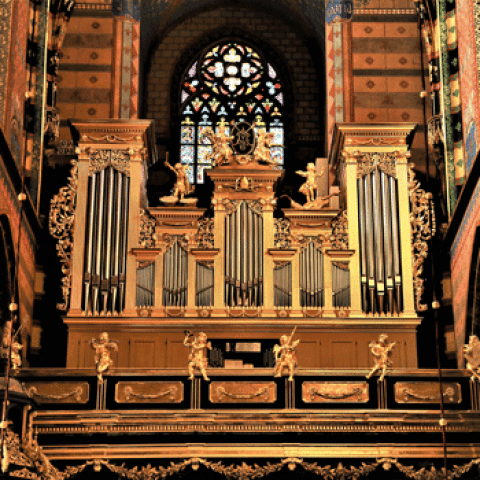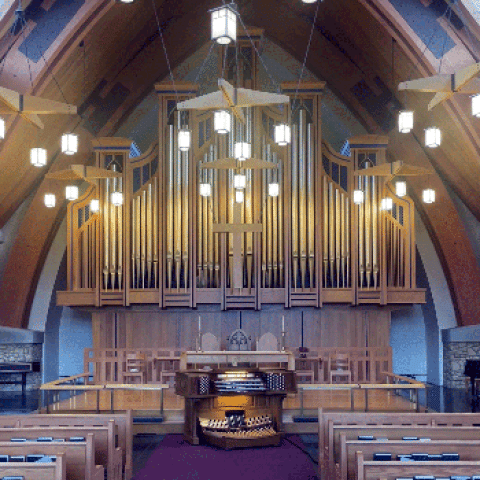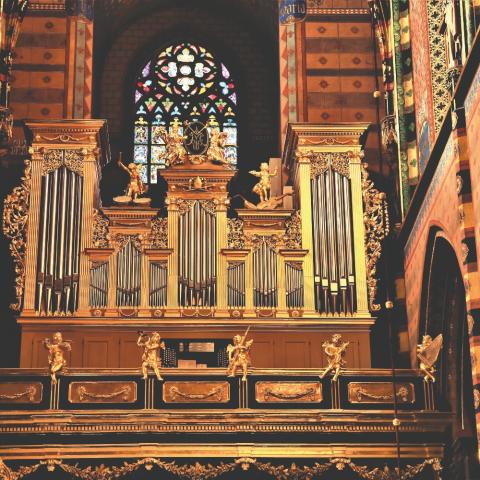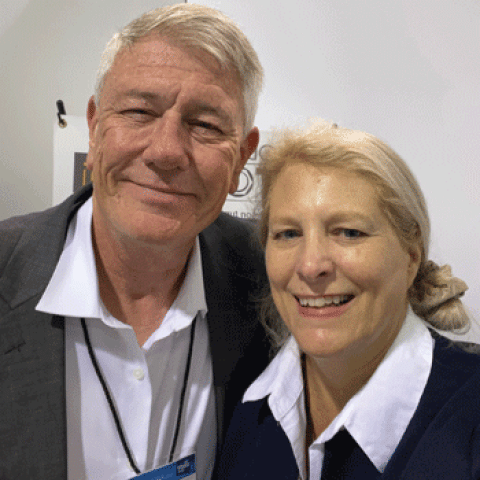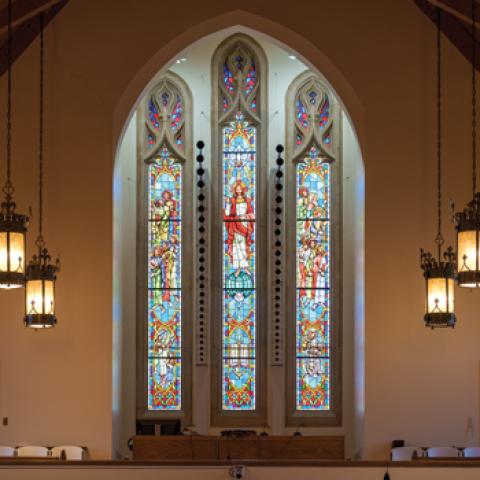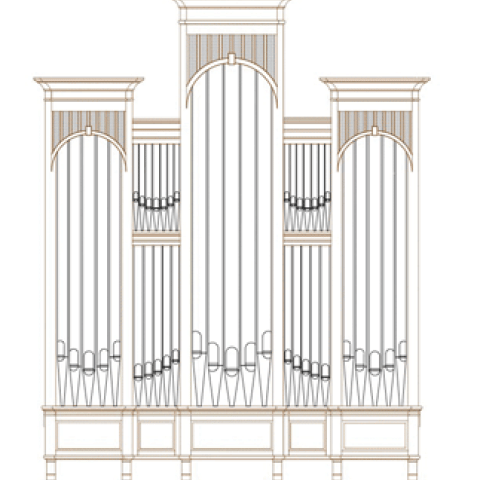The representative snapshots contained in the following clip portray the skills base and wide range of competencies of Rieger Orgelbau, an organ building company that is active on all continents. It is one of the oldest and most traditional companies in the world (founded in 1843). Due to its substantial staff complement (currently around 60 people), it is able to produce almost all the components of an organ itself, from the smallest part of a keyboard to organ cases in all possible styles, flue and reed pipes in metal and wood, to a sophisticated integrative electronic control and capture system. In numerous scenes filmed in the workshop, one gains an insight into the craftsmanship of Rieger Orgelbau.
There are also many visual and, above all, audio examples of famous Rieger organs, including those from St. Stephen's Cathedral in Vienna, the Paris Philharmonie, the Musiikkitalo Concert Hall in Helsinki and various instruments in Asia. Together they document the diversity of Rieger organs, beginning with a strictly historical design to ultra-modern new organs.
Rieger Orgelbau is featured on the cover of the November 2023 issue of The Diapason:
https://www.thediapason.com/content/cover-feature-rieger-orgelbau-saint-marys-basilica-krakow-poland
For information: https://www.rieger-orgelbau.com/en

